Cover
Title Page
Copyright
Contents
Preface
Acknowledgments
Part I The PM Toolbox
Chapter 1 Introduction to the PM Toolbox
Enabling Business and Project Strategy
Project Management Methodologies and Processes
Constructing and Adapting a PM Toolbox
Secure Strategic Alignment
Customize the PM Toolbox
Continuously Improve the PM Toolbox
References
Part II Project Initiation Tools
Chapter 2 Project Selection
The Benefits Map
Enabling Benefits Management
Developing a Benefits Map
Using a Benefits Map
Variations
Benefits
Economic Methods
Payback Time
Net Present Value
Internal Rate of Return
Using Economic Methods
Benefits of Economic Methods
Scoring Models
Developing a Scoring Model
Using a Scoring Model
Benefits
Voting Models
Developing a Voting Model
Using the Voting Model
Benefits
Pairwise Ranking
Developing a Pairwise Ranking Tool
Using the Pairwise Ranking Matrix
Benefits
The Alignment Matrix
Developing the Alignment Matrix
Variations
Benefits
References
Chapter 3 Project Initiation
Checklist Questions for Project Initiation
Developing Checklist Questions for Project Initiation
Using the Checklist Questions
The Goals Grid
Developing a Goals Grid
Using the Goals Grid
Benefits
The Responsibility Matrix
Developing a Responsibility Matrix
Using the Responsibility Matrix
Benefits
The Complexity Assessment
Developing the Complexity Assessment
Using the Complexity Assessment
Benefits
The Project Business Case
Developing the Project Business Case
Using the Project Business Case
Benefits
The Project Charter
Developing a Project Charter
Using a Project Charter
Variations
Benefits
References
Part III Project Planning Tools
Chapter 4 Project Requirements
The Elicitation Plan
Developing an Elicitation Plan
Using the Elicitation Plan
Benefits
Requirements Specification
Specifying a Requirement Using Planguage
Using the Requirements Specificiation
Benefits
The Product Requirements Document
Developing a Product Requirements Document
Using the PRD
Benefits
Requirements Ambiguity Checklist
Using the Requirements Ambiguity Checklist
Benefits
Requirements Baseline
Establishing a Requirements Baseline
Establish a Requirements Change Board
Benefits
References
Chapter 5 Scope Planning
The Project SWOT Analysis
Performing a Project SWOT Analysis
Using a Project SWOT Analysis
Benefits
The Scope Statement
Developing a Scope Statement
Using a Scope Statement
Variations
Benefits
The Work Breakdown Structure
Constructing a Project WBS: A Top-Down Approach
Establish the WBS Level of Detail
Constructing a Project WBS: A Bottom-Up Approach
Using the WBS
Benefits
The Product Breakdown Structure
Constructing a Product Breakdown Structure
Using the PBS
Benefits
References
Chapter 6 Schedule Development
The Gantt Chart
Developing a Gantt Chart
Using the Gantt Chart
Benefits
The Milestone Chart
Developing a Milestone Chart
Using the Milestone Chart
Benefits
The Critical Path Method Diagram
Constructing a CPM Diagram
Using the CPM Diagram
Benefits
Variations
The Time-Scaled Arrow Diagram
Developing a TAD
Using a TAD
Benefits
The Critical Chain Schedule
Developing a Critical Chain Schedule
Using the Critical Chain Schedule
Benefits
The Hierarchical Schedule
Constructing a Hierarchical Schedule
Using a Hierarchical Schedule
Benefits
Line of Balance
Developing a Line-of-Balance Schedule
Using the LOB
Benefits
Choosing Your Scheduling Tools
References
Chapter 7 Cost Planning
The Cost-Planning Map
Developing a Cost-Planning Map
Using the Cost-Planning Map
Benefits
Analogous Estimate
Developing an Analogous Estimate
Using an Analogous Estimate
Benefits
Parametric Estimate
Developing Parametric Estimates
Using Parametric Estimates
Benefits
Bottom-up Estimate
Developing Bottom-Up Estimates
Using Bottom-Up Estimates
Benefits
The Cost Baseline
Developing a Cost Baseline
Using the Cost Baseline
Benefits
Choosing a Cost-Planning Tool
References
Part IV Project Implementation Tools
Chapter 8 Scope Management
Project Scope Control System
Establishing a Project Scope Control System
Using the Project Scope Control System
Benefits
Project Change Request
Developing a Project Change Request
Using the Project Change Request
Benefits
The Project Change Log
Developing a Project Change Log
Using the Project Change Log
Benefits
The Scope Control Decision Checklist
Developing a Scope Control Decision Checklist
Using the Scope Control Decision Checklist
Benefits
References
Chapter 9 Schedule Management
The Burn Down Chart
Developing the Burn Down Chart
Using the Burn Down Chart
Benefits
The Slip Chart
Developing the Slip Chart
Using the Slip Chart
Benefits
The Buffer Chart
Developing the Buffer Chart
Using the Buffer Chart
Benefits
The Jogging Line
Constructing a Jogging Line
Using the Jogging Line
Variations
Benefits
The Milestone Prediction Chart
Constructing the Milestone Prediction Chart
Using the Milestone Prediction Chart
Benefits
B-C-F Analysis
Performing the B-C-F Analysis
Using the B-C-F Analysis
Benefits
Schedule Crashing
Performing Schedule Crashing
Using Schedule Crashing
Benefits
Choosing Your Schedule Management Tools
References
Chapter 10 Cost Management
The Cost Management Plan
Developing the Cost Management Plan
Using the Cost Management Plan
The Budget Consumption Chart
Developing the Budget Consumption Chart
Using the Budget Consumption Chart
Variations
Benefits
Earned Value Analysis
Performing Earned Value Analysis
Using Earned Value Analysis
Variations
Benefits
Milestone Analysis
Performing a Milestone Analysis
Using the Milestone Analysis
Benefits
Choosing Your Cost Management Tools
References
Chapter 11 Agile Project Execution
Scrum Basics
Product Backlog and Sprint Backlog
Information on the Backlogs
Populating Backlogs
Benefits
Release Planning
The Release-Planning Event
Initial Draft Release Plan
Final Release Plans
HIP Sprint
Release Planning versus Sprint Planning
Benefits
The Daily Scrum Meeting
Organizing a Daily Scrum Meeting
Benefits
Sprint Task Board
Using the Sprint Task Board
Benefits
The Sprint Burn Down Chart
Developing a Sprint Burn Down Chart
Using a Sprint Burn Down Chart
Benefits
The Sprint Retrospective Meeting
Organizing a Sprint Retrospective Meeting
Using a Sprint Retrospective Meeting
Benefits
Concluding Remarks
References
Part V Project Reporting Closure Tools
Chapter 12 Performance Reporting
Project Reporting Checklist
Developing the Project Reporting Checklist
Using the Project Reporting Checklist
Benefits
The Project Strike Zone
Developing the Project Strike Zone
Using the Project Strike Zone
Benefits
The Project Dashboard
Designing a Project Dashboard
Using the Project Dashboard
Benefits
The Summary Status Report
Developing a Summary Status Report
Using the Summary Status Report
Benefits
The Project Indicator
Developing the Project Indicator
Using the Project Indicator
Variations
Benefits
Choosing Your Reporting Tools
References
Chapter 13 Project Closure
Understanding Project Closure
Project Closing Activities
Project Closure Plan and Checklist
Developing the Plan and Checklist
Using the Closure Plan and Checklist
Benefits
The Project Closure Report
Developing the Project Closure Report
Using the Project Closure Report
Benefits
The Postmortem Review
Conducting the Postmortem Review
Using the Postmortem Review
Variations
Benefits
Concluding Remarks
References
Part VI Risk Stakeholder Management Tools
Chapter 14 Managing Project Risk
Risk Management Plan
Developing a Risk Management Plan
Using the Risk Management Plan
Benefits
The Risk Identification Checklist
Developing a Risk Identification Checklist
Using a Risk Identification Checklist
Benefits
The Risk Register
Creating a Risk Register
Using the Risk Register
Benefits
The Risk Assessment Matrix
Developing a Risk Assessment Matrix
Using the Risk Assessment Matrix
Variations
Benefits
Monte Carlo Analysis
Performing a Monte Carlo Analysis
Using the Monte Carlo Analysis
Benefits
The Decision Tree
Analyzing the Decision Tree
Using Decision Trees
Benefits
The Risk Dashboard
Developing the Risk Dashboard
Using the Risk Dashboard
Benefits
Choosing Your Risk Management Tools
References
Chapter 15 Influencing Project Stakeholders
The Stakeholder Management Plan
Developing a Stakeholder Management Plan
Using the Stakeholder Management Plan
Benefits
The Stakeholder Map
Developing a Stakeholder Map
Using the Stakeholder Map
Benefits
The Stakeholder Analysis Table
Developing a Stakeholder Analysis Table
Using the Stakeholder Analysis Table
Benefits
The Stakeholder Evaluation Matrix
Developing a Stakeholder Evaluation Matrix
Using the Stakeholder Evaluation Matrix
Variations
Benefits
The Stakeholder Strategy Matrix
Developing a Stakeholder Strategy Matrix
Using the Stakeholder Strategy Matrix
Benefits
Choosing Your Stakeholder Management Tools
References
Final Thoughts on The PM Toolbox
Index
EULA
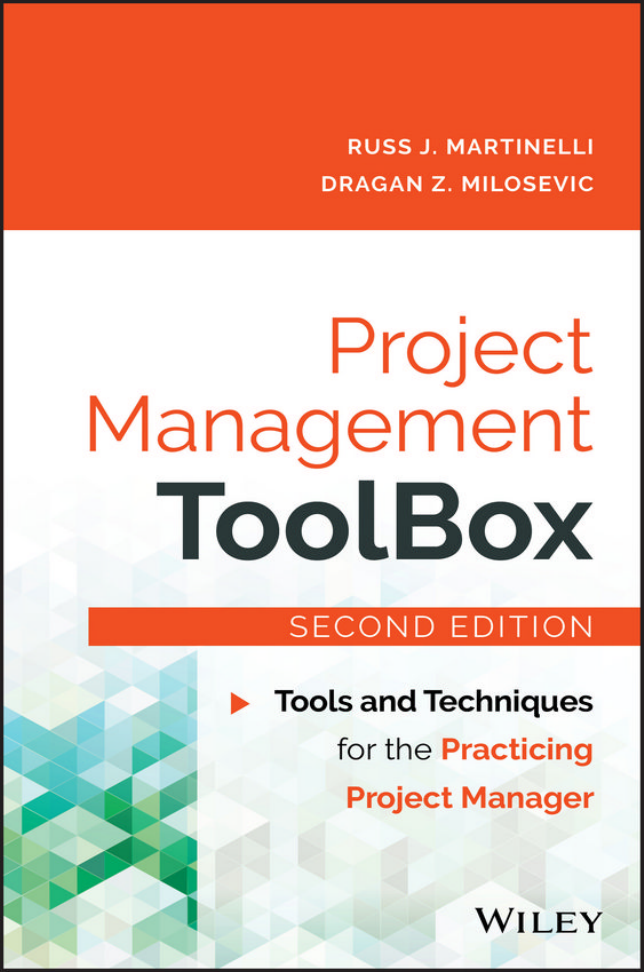

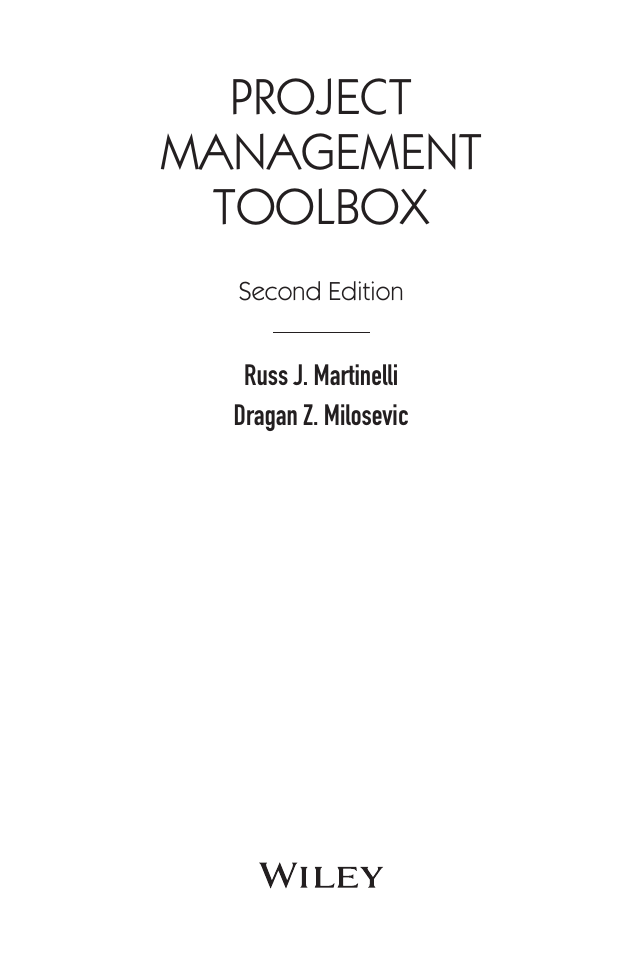
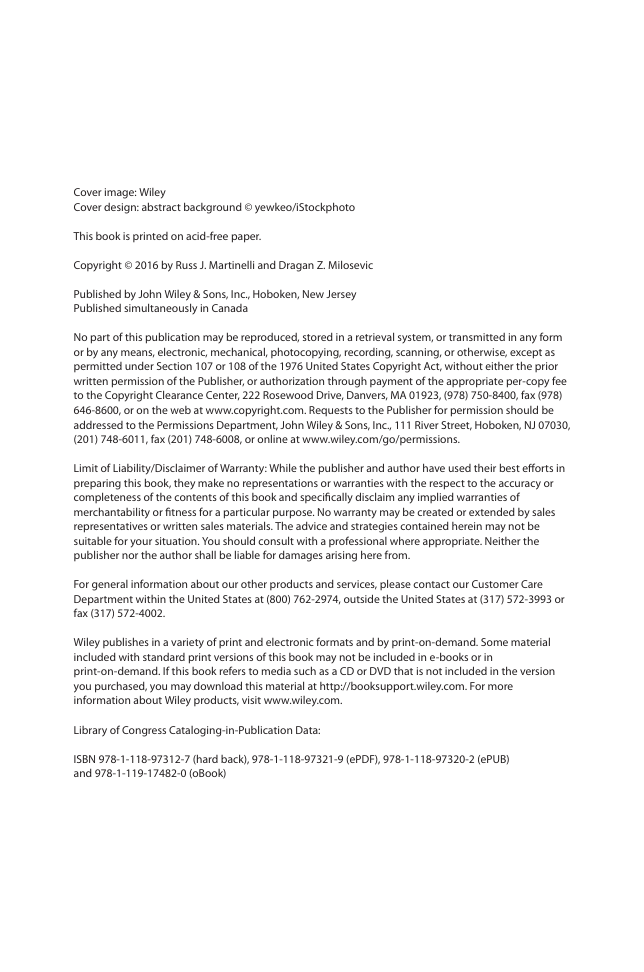
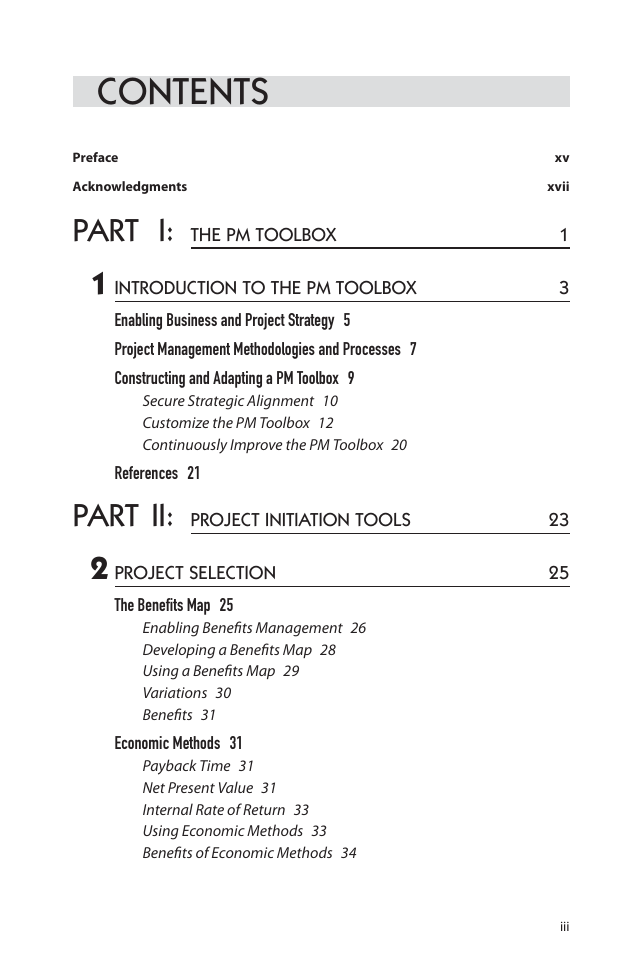


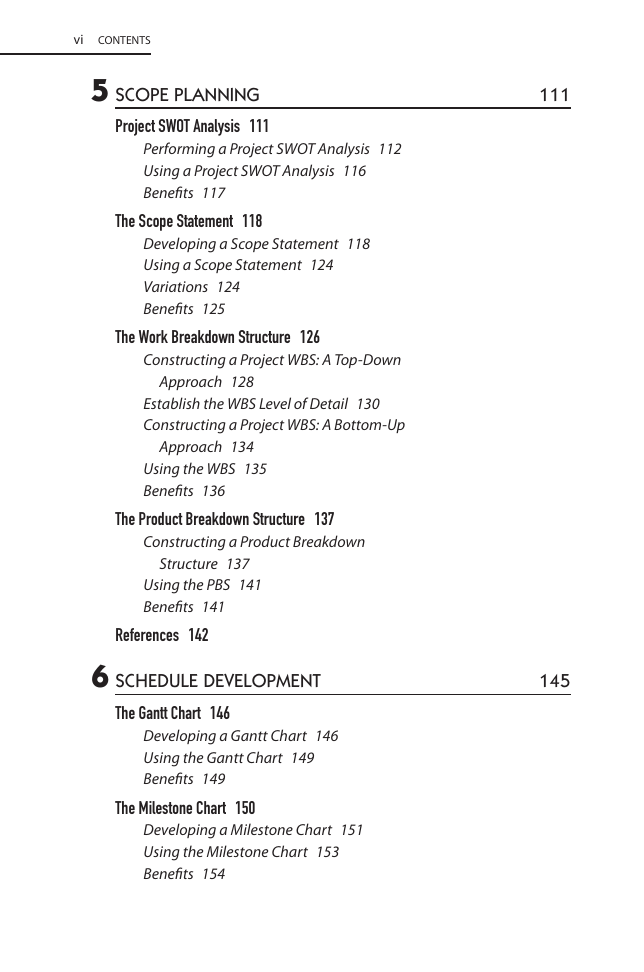








 2023年江西萍乡中考道德与法治真题及答案.doc
2023年江西萍乡中考道德与法治真题及答案.doc 2012年重庆南川中考生物真题及答案.doc
2012年重庆南川中考生物真题及答案.doc 2013年江西师范大学地理学综合及文艺理论基础考研真题.doc
2013年江西师范大学地理学综合及文艺理论基础考研真题.doc 2020年四川甘孜小升初语文真题及答案I卷.doc
2020年四川甘孜小升初语文真题及答案I卷.doc 2020年注册岩土工程师专业基础考试真题及答案.doc
2020年注册岩土工程师专业基础考试真题及答案.doc 2023-2024学年福建省厦门市九年级上学期数学月考试题及答案.doc
2023-2024学年福建省厦门市九年级上学期数学月考试题及答案.doc 2021-2022学年辽宁省沈阳市大东区九年级上学期语文期末试题及答案.doc
2021-2022学年辽宁省沈阳市大东区九年级上学期语文期末试题及答案.doc 2022-2023学年北京东城区初三第一学期物理期末试卷及答案.doc
2022-2023学年北京东城区初三第一学期物理期末试卷及答案.doc 2018上半年江西教师资格初中地理学科知识与教学能力真题及答案.doc
2018上半年江西教师资格初中地理学科知识与教学能力真题及答案.doc 2012年河北国家公务员申论考试真题及答案-省级.doc
2012年河北国家公务员申论考试真题及答案-省级.doc 2020-2021学年江苏省扬州市江都区邵樊片九年级上学期数学第一次质量检测试题及答案.doc
2020-2021学年江苏省扬州市江都区邵樊片九年级上学期数学第一次质量检测试题及答案.doc 2022下半年黑龙江教师资格证中学综合素质真题及答案.doc
2022下半年黑龙江教师资格证中学综合素质真题及答案.doc